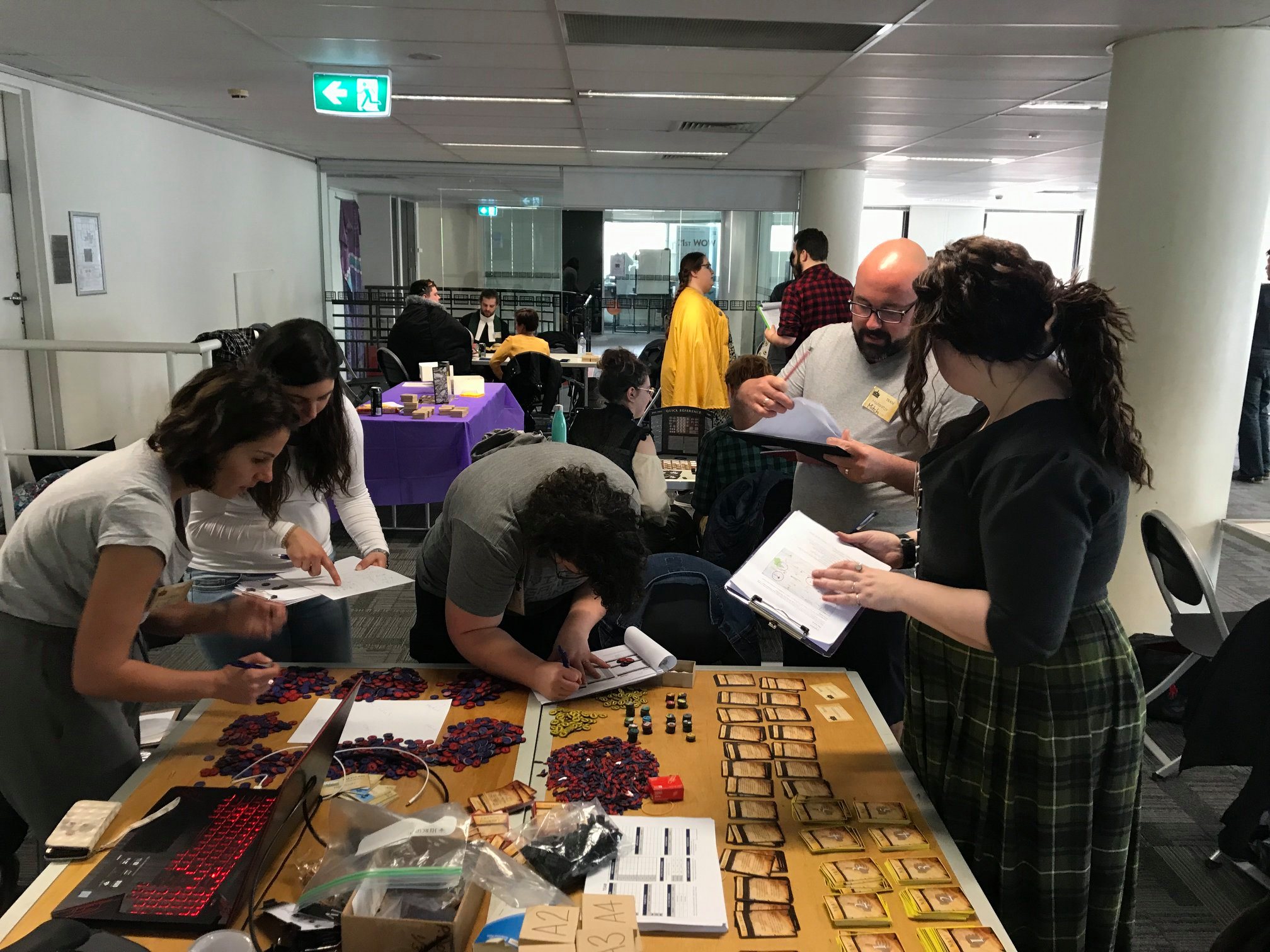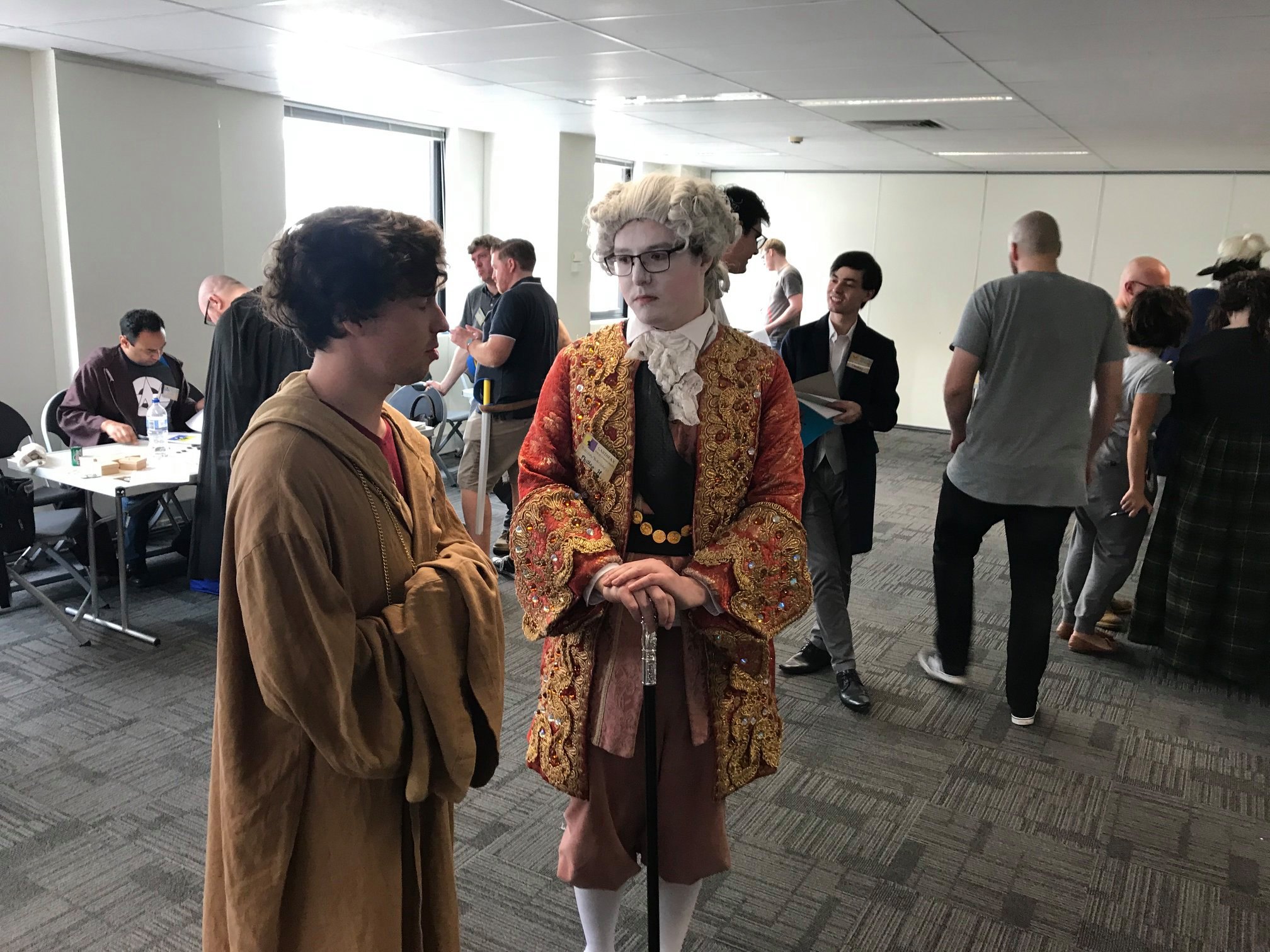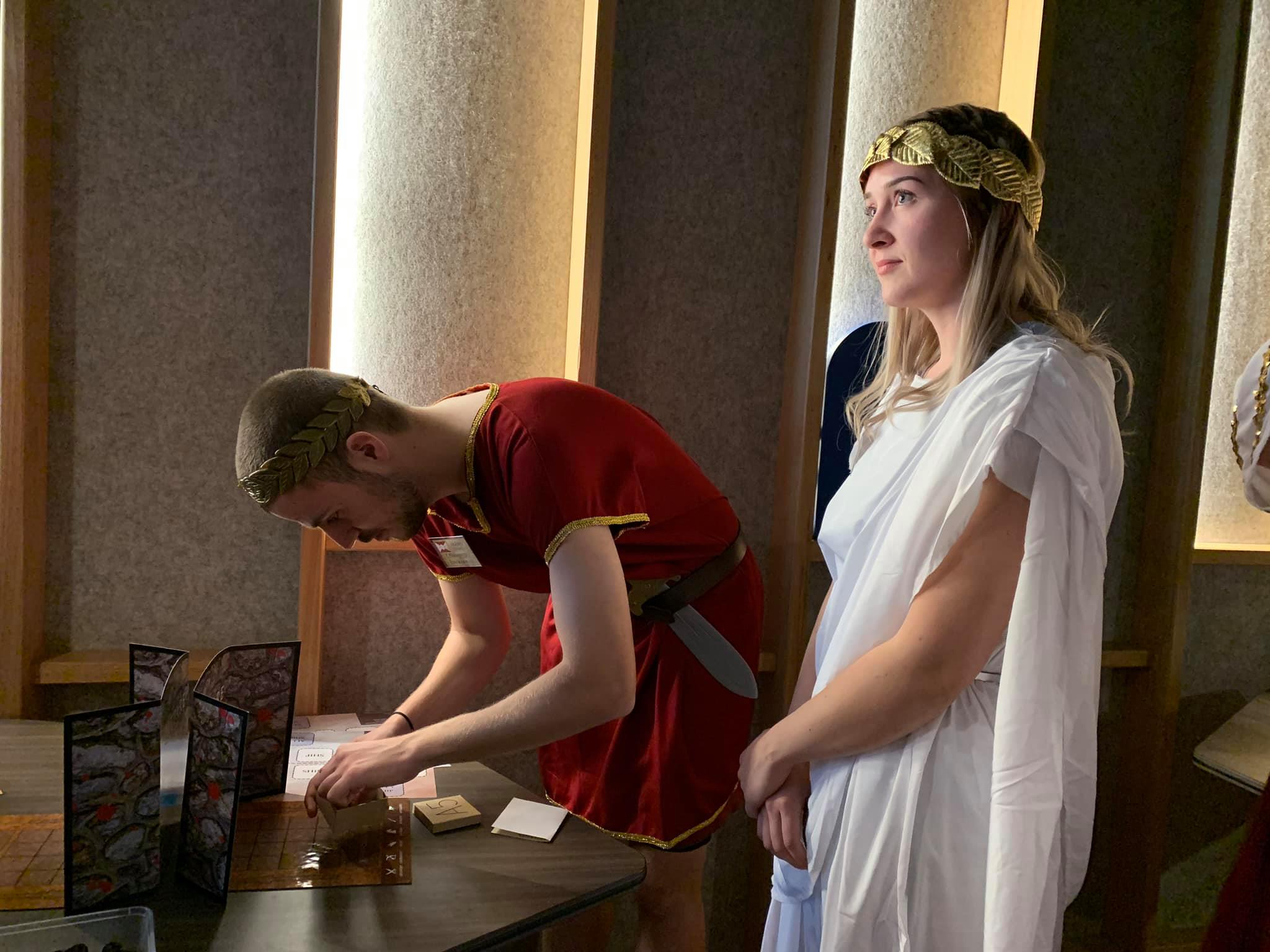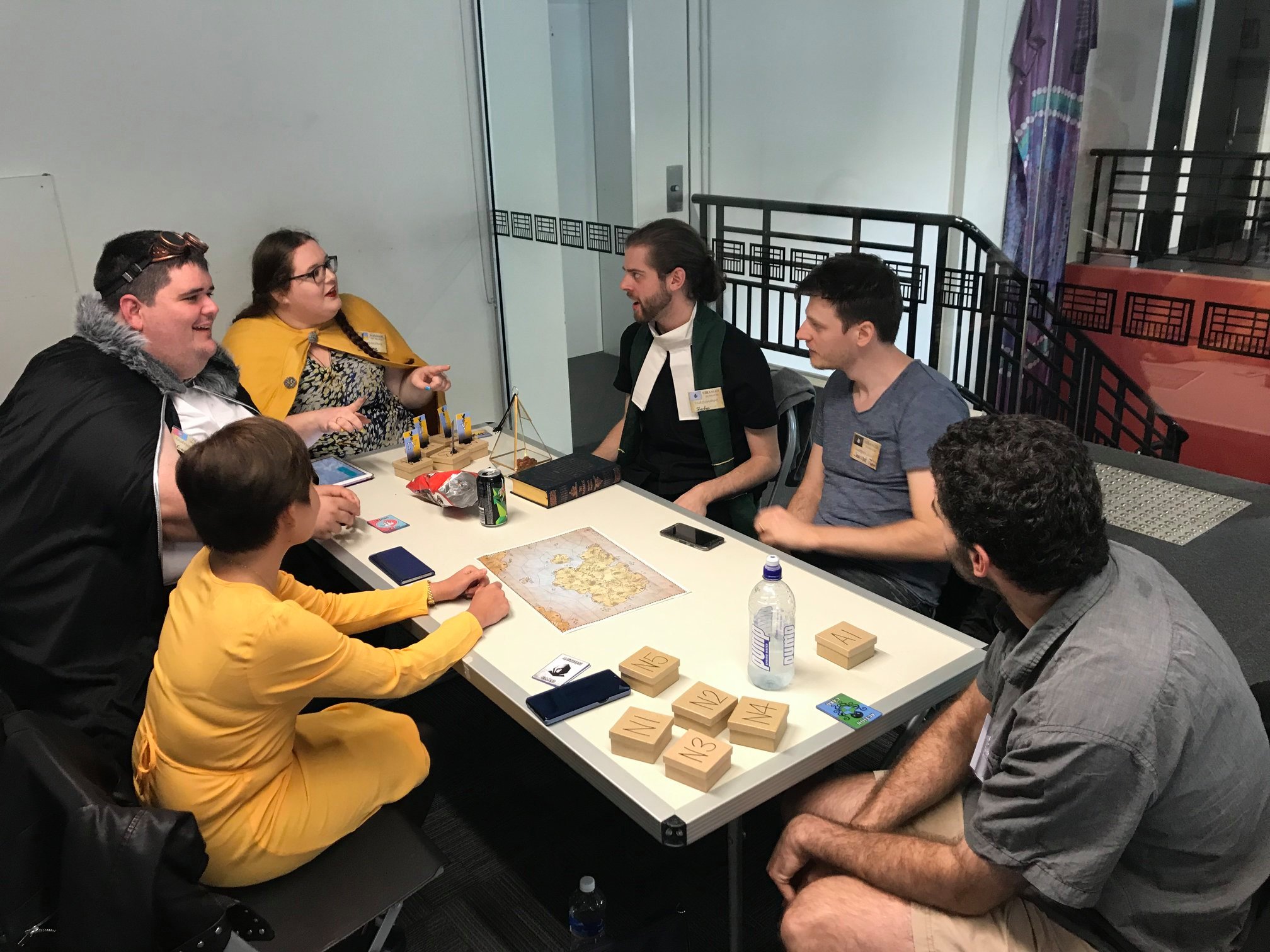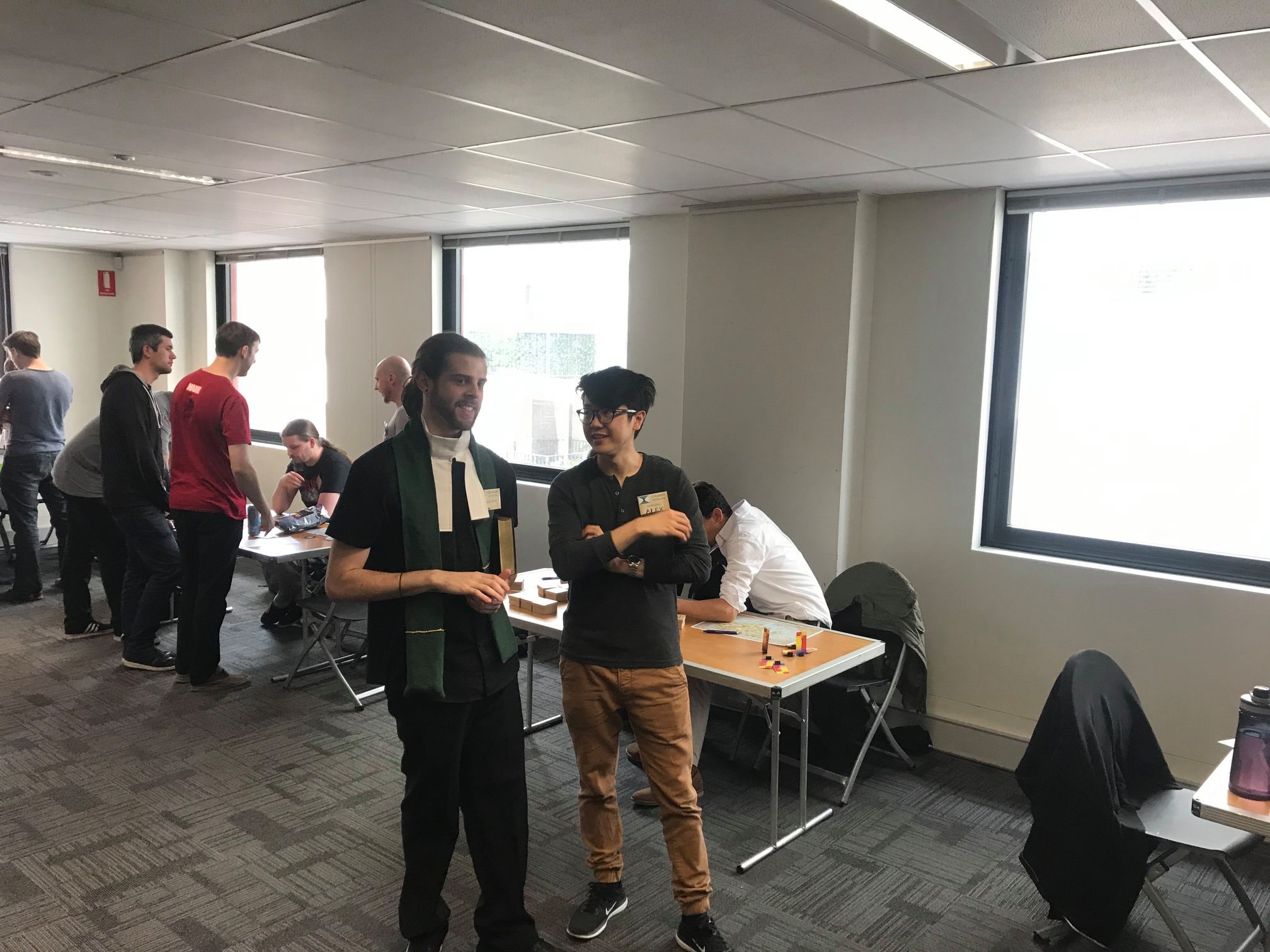The Path of (re)Design, Pt. I
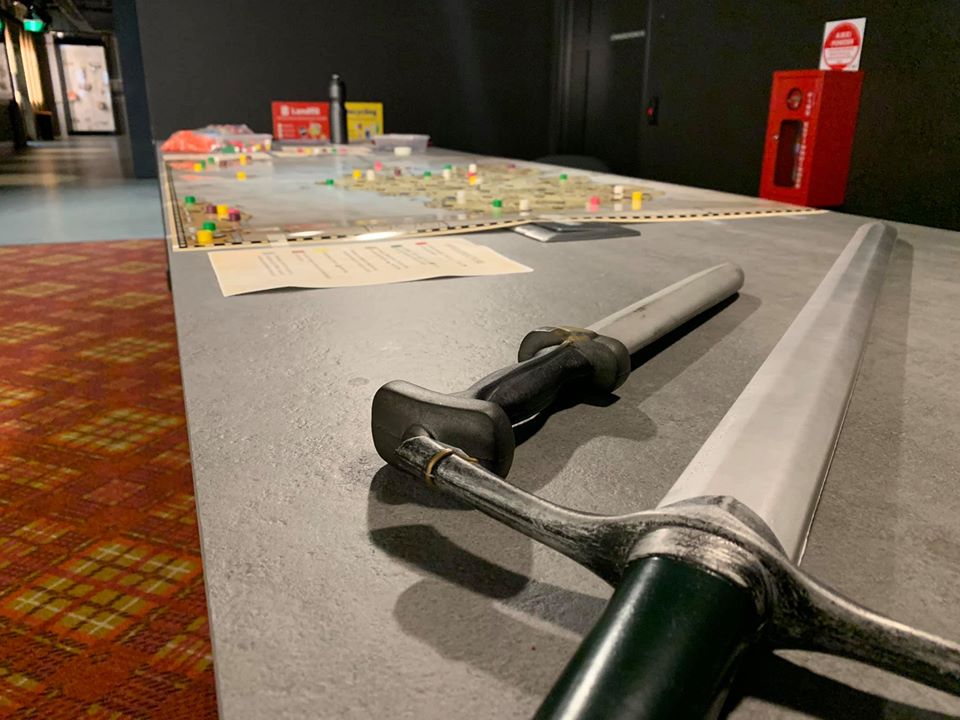
For the Crown was an ambitious geopolitical game that took me back to the more traditional Megagame model made so popular by Jim Wallman’s Watch the Skies. It had all the usual structures of a geopolitical game:
- Teams represents nations, or at least wealth and noble factions, in the fictional world
- Each player had a role within their team
- There was a big map for operational actions
- There were councils for political actions
- There were lots of resources and deal making.
This was a step aside from the last few games we’d done in Sydney – Iron Sea had been more of an action/adventure type game, with pirates and navies duking it out in the Caribbean, while As the Fire Dies removed a lot of the traditional Megagame structures and focussed on the social and political issues of a small community surviving a nuclear winter.
For the Crown was a refreshing change of pace from a design perspective.
Overall the game was a success, though I learned a lot about the design process (as always). The primary take-away points came through loud and clear, both during the game and in the aftermath:
- The mechanics were too heavy for the Moderator team to adequately facilitate, though they did a bloody good job
- There were too many mechanics in general
- Too many mechanics had too little sway on the game, some to the point where they could be ignored without repercussions.
On that feedback, and with a second run of the game on the horizon, I took For the Crown back to the drawing board and game up with a lot of modifications – something I am shameful to admit I have never done before.
To start, let’s look at the things I removed entirely.
Trade Cards
Each team began the game with a number of Trade Cards, each marked with their sigil and a number. During the game they could swap these cards with other teams and, at the end of each Turn, teams would gain bonus Gold (the standard currency of the game) in a quantity dictated by the Trade Cards they had from other teams.
This was a mechanic I’d introduced in Brave New World and is, shamelessly, taken directly from the board game epic, Twilight Imperium.
It creates a very simple exchange between players that can have major impacts on team economies. Beyond that, it also lays the framework of economic inequality – some teams, with more powerful economies and trade markets, have cards worth far more than the cards of other teams. This makes them dominant in trade deals, perhaps giving them the leverage they need to get something else from their new trade partner (like military support or access to their lands).
I don’t think the Trade system was flawed, too complex, or otherwise cumbersome to the game. Rather, it felt redundant – players were so busy, they rarely changed where their Trade Cards had gone after the first turn, and the amount of Gold generated from the cards ended up being miniscule compared to how much the teams could make through other methods.
The eventual removal of this trading system was a cut-the-fat based decision, rather than an effort to simplify. I tried to ensure that mechanics would be removed if their absence would largely go unnoticed. This, unfortunately, applied to trade cards.
In version 2, Trade Cards were removed and trade was instead supplemented into the Naval game (more on that later).
Nobles
Nobles were an idea plucked directly from one of For the Crown’s guiding inspirations – Total War. In the Total War video games, especially Empire and Napoleon (of a similar era to For the Crown), players engage with nobles and commanders who help research technology, boost military efforts and broker deals.
In For the Crown, Nobles were small tokens (arguably too small – the production issues I had can be discussed another time!) that represented influential individuals within a faction. They each had a special ability – some improve resource production, some improved combat readiness, etc – and could be subsequently allocated to a settlement, navy or army owned by that team, as a commander or governor.
Nobles could also be used as political collateral, married off or given as hostages to other teams.
Ultimately, at least from my perspective, Nobles played very little role in the game. Their bonuses were too humble to worry about keeping track of and their use as political bargaining chips went out the window with that devaluation.
I don’t think I recall seeing a Noble mentioned during gameplay, aside from the occasion assassination plot against one. At the end of the day, it was our players who fulfilled the over-mechanically-engineered role of Nobility...
In version 2, Nobles were removed entirely, the mechanics attached to them reserved for a rainy day.
Solo Players
There were six solo players in the original game, unaffiliated with any team and operating on their own agendas (and rules, in some cases). Each had special, quite powerful action cards at their disposal, and each had some specific goals.
We had a mercenary commander and pirate captain, both of whom were responsible for hiring out their services to run proxy wars. We also had a rich banker from a foreign land and an occult-esque member of a secret organisation, each looking to make profit and destabilise the region. And, of course, we had two hidden heirs to the throne, each looking to ascend to power like their bloodline before them.
Solo players are something I’ve experimented with before and, arguably, had quite a bit of success with.
In For the Crown, while the players had a fun time and definitely an impact on the game, I found managing the special rules that went with them added a lot of strain to an already complex system.
In addition to that, I feel much of the prestige of these solo roles was the mystery around their identities and abilities. Should I bring solo roles back to the realm, they’ll be newly developed, not the same six as detailed about.
In version 2, solo roles were removed entirely.
That's all for this round!
If you're interested in this type of mechanical reflection, stay tuned for Part II and Part III over the next few days as I delve into some of the mechanics I edited, and added, as well as the deeply buried mechanics that didn't quite make the final cut or find their place to be revealed in the game events.

